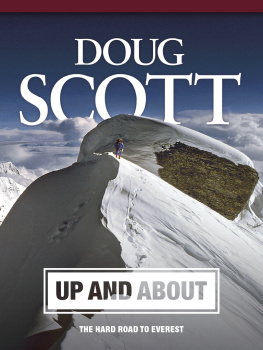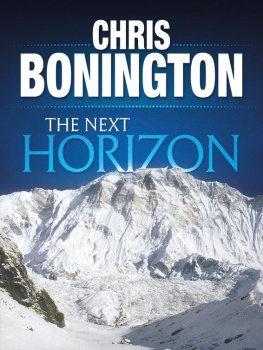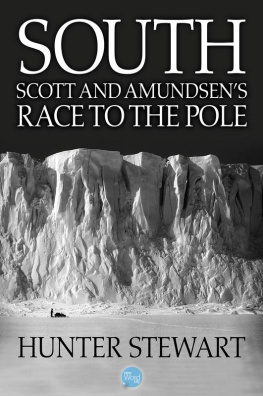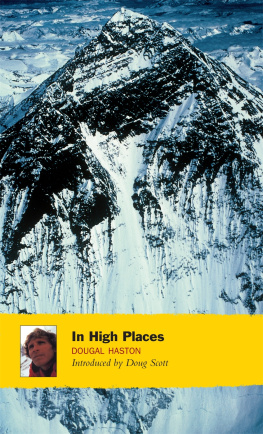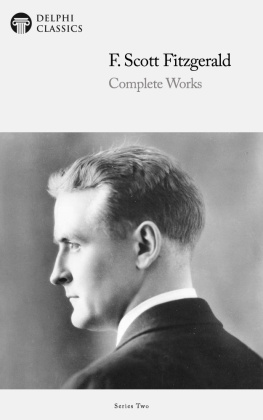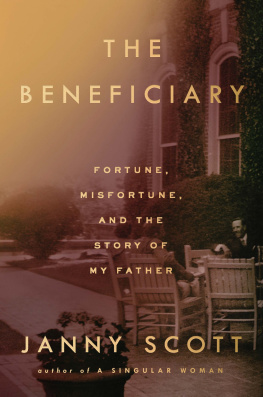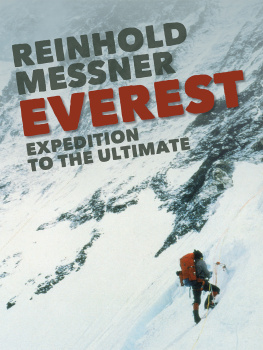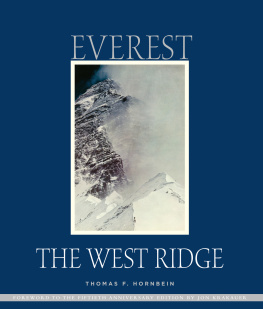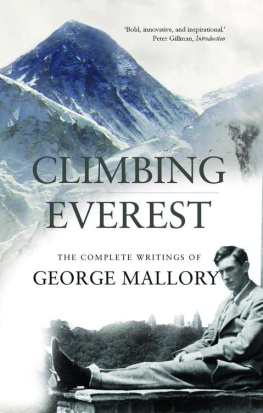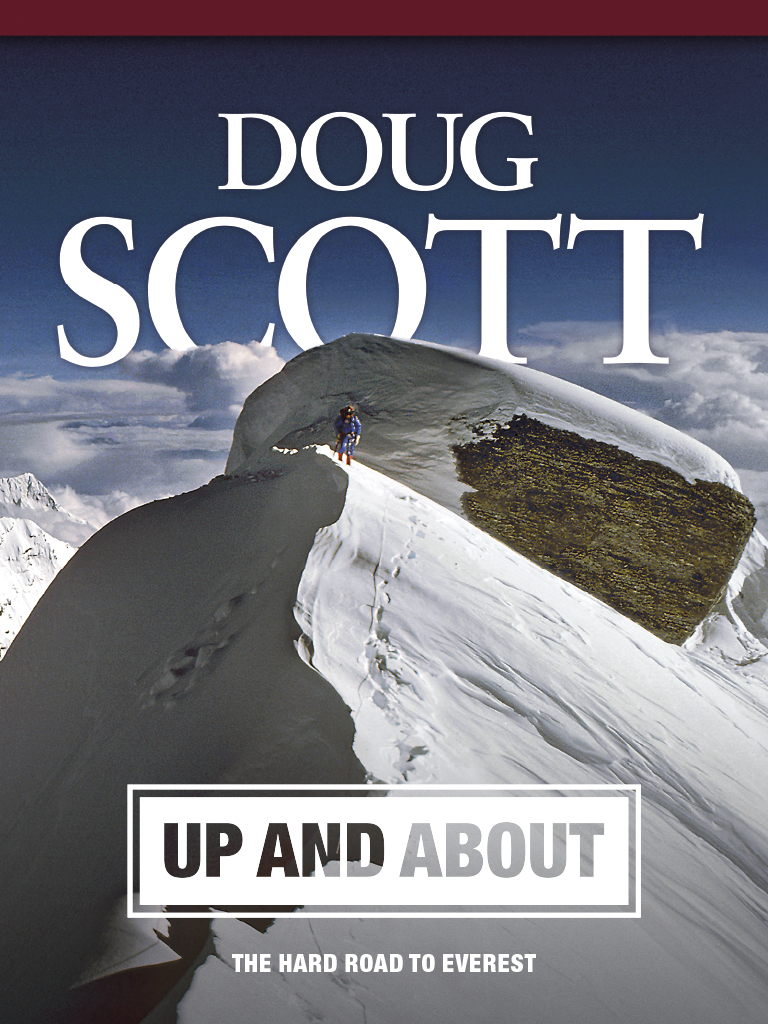To Jan, Michael, Martha and Rosie.
His acts being seven ages.
Preface
Here are a few observations about writing an autobiography starting with a chance remark I made to Dai Davidson, my local plumber, who had his head under the floorboards of my office as I passed by clutching a sheaf of papers. Youre so lucky to be working with your hands, Dai. He withdrew his head and looked up at me for a second or two. Are you telling me that I cant do your job and anyone could do mine? You are working with your hands, its all the bloody same man.
Dais reply gave me pause for thought. Writers often come across as a pretentious lot but I could see there wasnt a huge difference between writers and tradesmen; both have to conceive what it is they want their hands to achieve. First the thought, then the action and the end result will depend on the clarity of that conception. A prerequisite seems to be intensity of experience something that occurs regularly in the mountains.
This reminded me of when I was avalanched on Mazeno Peak in Pakistan. Rattling down a 500-metre gully, with time suspended, I found myself observing everything I experienced, as though from a bubble. There was no fear, just a series of impressions: tumbling down over rock and ice cliffs, wondering at how resilient the human body is and that I was still alive, turning this way and that, my whole weight bouncing off my right ankle. There was no pain, but I noted the situation was serious. I was then in space, clearing a step, sliding with the snow but unaware of the speed of my descent; I had time to register it was like being up with Leo Dickinson in his hot air balloon, not aware of the wind because we were moving at the same speed. I bumped gradually to a halt, partially buried on the glacier below but able to clear the snow away from my face, release the waist belt on my rucksack and breathe more easily.
There are other ways to have intense experiences. At an Edvard Munch art exhibition I was amazed to discover the lengths the artist would go to in order to generate creativity through denial and suffering. I was left wondering how valid it is to represent the manifestations of self-induced neuroses. I seemed to write best when I could forget myself, or at least go beyond myself, something I managed when I wrote stories for my children from the mountains, often about a character I called Warlock my alter ego, but a better version ruled by conscience. That, of course, was private stuff, like my diaries and letters written from the perilous mountains like a condemned man in his cell or a soldier sitting in the trenches.
What writing might climbers do at Base Camp, to friends and family, if such words were only to be read when dead? To communicate all that was good about their shared lives and make honest confessions that would otherwise be too awkward to face: parents taken for granted, wife abandoned or kids neglected. If we were aware of our mortality, if we remembered all the time that we are going to die, then we would deal with a huge amount we put to one side and write about it more honestly. This autobiography is a good chance for me to sort it all out even if everything is not included.
All I have to do now is overcome the disease of tomorrow and put pen to paper. The best antidote to that in the past has been naked ambition but at seventy-four that is starting to weaken. Hopefully, I will be able to keep the muse alive at the prospect of clearing more junk out of the way and creating more space for good things to happen. There is always the chance that others will find what I have to say of interest I hope so.
I began climbing when I was a schoolboy. It feels like someone else started me off; he then turned into quite another person before changing again. Now I feel a need to turn full circle, certainly as far as my understanding of climbing is concerned. Children have something to show us, something that becomes obscured with the passage of time; anyone who came to climbing an innocent and of his own volition might benefit from looking back to those early years. I wonder now at the spontaneous antics of my youth.
It takes more than a cursory glance to see how it really was; only with a big effort am I right there, hands grazed and bloody from days on gritstone, my fingers smelling of lichen, my face wind-blasted and my limbs weary from storms on Kinder or cold, wet bivvies under boulders on Stanage with bacon and grit butties for breakfast and stews reeking of paraffin fumes for dinner, of singing in pubs and at the back of the bus back to Nottingham on Sunday nights. With these memories of smell, touch and taste of those distant times, like a film clip it starts to roll and I am right there, my memory sparked into life, seeing faces of who was there and a sense as well of who I was. I see in the past the clues of who I am now.
That boy, who seemed like someone else, now seems like me again; I must just let these film clips run or I will get it all wrong. I must also admit I am lucky to have the carrot of this book to keep me at it through a million distractions. It is a real privilege to be paid to check myself out. I find I cant recall anything of my first three years and neither can I pinpoint any specific reason that led me to climb in the first place, so whether or not it was fate that I should have this rat in my gut, or whether it was my destiny to wander the worlds mountain ranges, I dont know, but perhaps something will emerge from what follows so look out for clues!
Here is a warning to any young lad thinking of taking the mountain path: its very hard to get off Ive tried but Im happily resigned to walk and climb until I die as things are right now. The rational among you may shiver: My God, hes got a death wish. My competitors might once have worried that I would be around forever, but now they can take satisfaction in my revelations of weakness. Admirers may feel let down well, hard luck; my friends and kindred spirits will remain so, however close I get to the bone.
What am I letting myself in for? At one time, in the beginning, I would jump in feet first and ask questions later. Now Ive got the bad habit of preparing the ground ahead meaning reducing the risks by knowing whats coming.
Ive pulled a few books off my shelf to see what others have said, the book falling open at the apposite pages, as they do sometimes when youre really going for it. I got this from Ascent in 1976, where Tom Higgins responded to David Roberts assertion that most autobiographies were somewhat banal and predictable. Tom found that Walter Bonatti at least could lift his spirits; I would like to do that, of course. On another shelf, another word of caution, this time from Alfred Richard Orage, socialist and editor of The New Age, about art as a means of power:
To express himself is not enough; he wishes to impress himself. Readers feel towards him the repulsion as well as the attraction of the snake for the bird. Power they instinctively feel is there, and they are afraid of it. Style is only the device adopted by great writers to make their power more attractive. Style is power made gracious; we must write as if Homer and Demosthenes were to be our judges, as if our lives depended upon this approval All perfection is the fruit of sacrifice.

